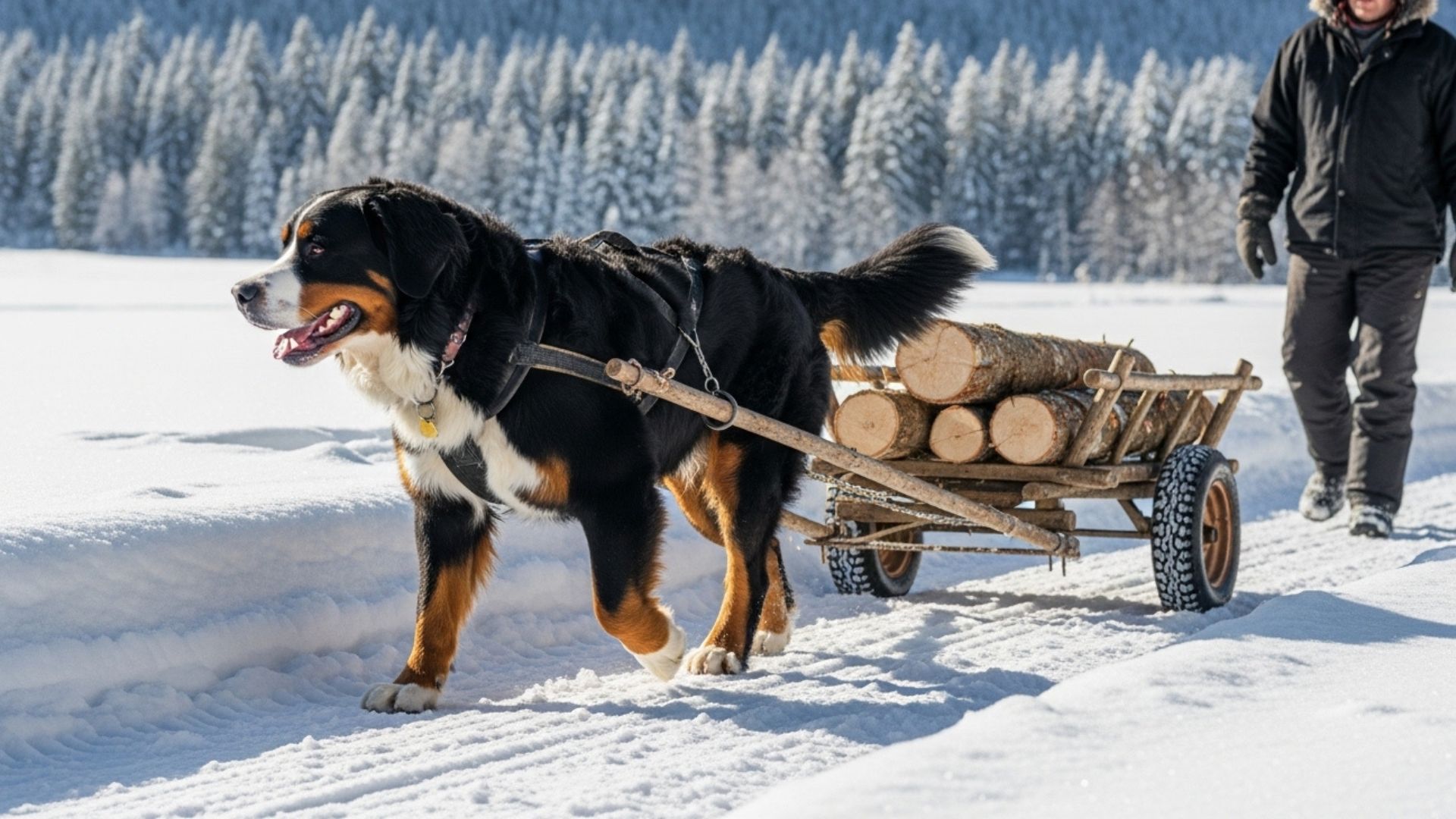When it comes to working dogs, strength and stamina are key traits. Muscular breeds are built for demanding roles that require power, endurance, and mental sharpness.
These dogs are not just physically imposing but also intelligent and highly trainable, making them perfect for jobs like protection, herding, and even search-and-rescue.
These muscular working dogs are known for their reliability and hard-working nature. They thrive in active environments where their physical prowess is put to the test, and they enjoy tasks that challenge both their bodies and minds.
If you’re looking for a strong, affectionate companion, the best muscular working dog breeds can offer more than just power. They provide unwavering loyalty and are a valuable asset to any active household or workplace.
Explore the muscular dog breeds, perfect for active roles that demand power and stamina.
Best Muscular Working Dog Breeds
1. Australian Kelpie
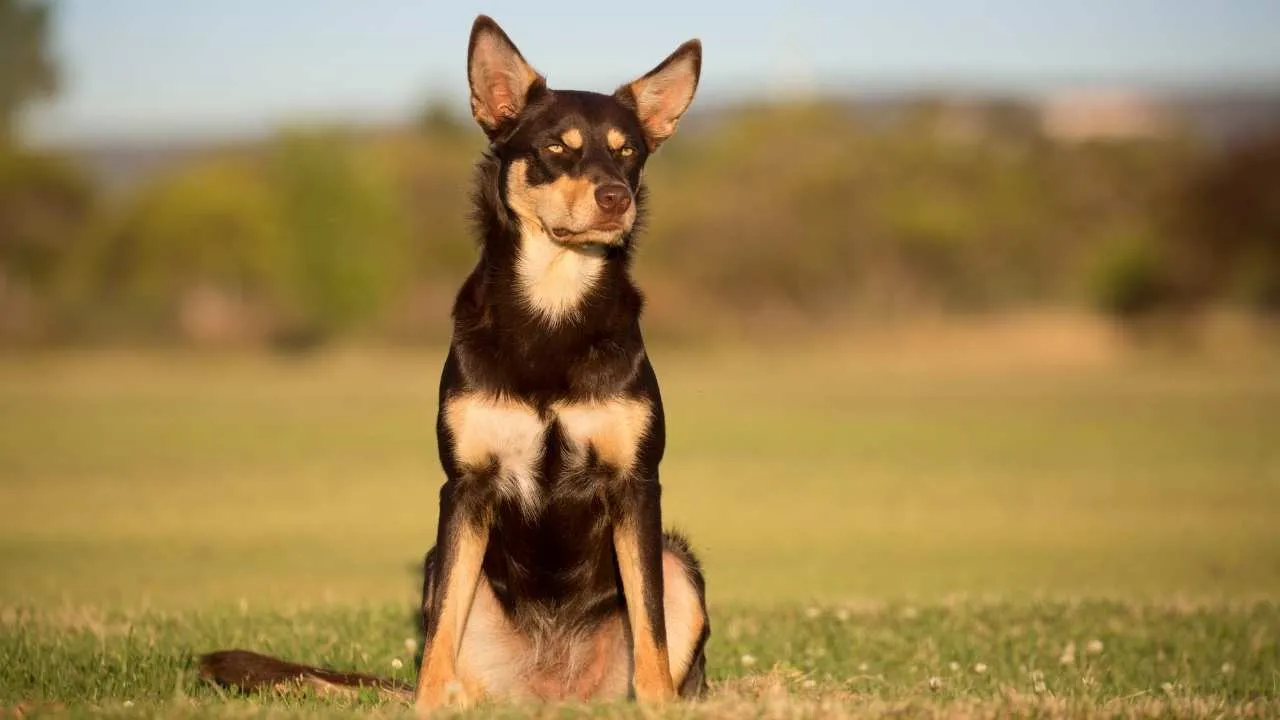
The Origins and Development
The Australian Kelpie was developed to withstand the extreme conditions of the Australian outback. Originating from Collie-type dogs imported from Scotland, Kelpies were bred for their herding instincts and ability to endure long, exhausting workdays, as per the AKC.
Over time, they adapted to the hot, dry climate, becoming one of the most reliable and hardworking breeds in the world.
Distinctive Physical Traits and Exercise Needs
Muscular and agile, the Australian Kelpie is built for stamina and strength. With a lean body and strong limbs, they can work tirelessly for hours on end.
These muscular dogs also require significant physical activity to stay healthy and happy, making them ideal for owners who lead an active lifestyle and have space for their boundless energy.
Working Traits
Herding Skills: Excellent at managing livestock, particularly sheep, in open fields or confined areas.
Endurance: Able to cover vast distances (up to 30 miles a day) without tiring.
Agility: Highly agile, making them a perfect muscular dog breed for dog sports and navigating challenging terrain.
Mental Sharpness: Extremely intelligent, which allows them to quickly learn commands and problem-solve during tasks.
Loyalty: Deeply devoted to their handlers, always eager to perform tasks and work alongside their owners.
2. German Shepherd
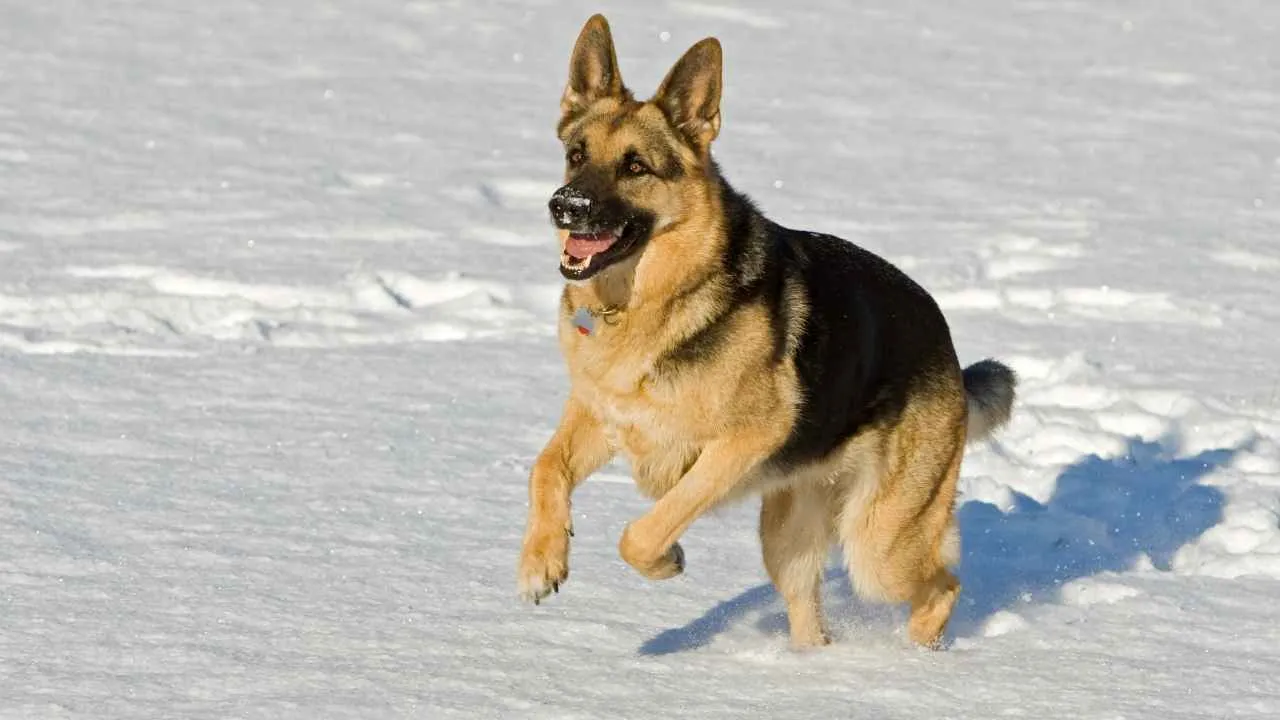
History of the German Shepherd
The German Shepherd was originally bred in the late 19th century in Germany as a herding dog for herding sheep. Max von Stephanitz, a German breeder, sought to create a versatile working dog that combined strength, intelligence, and agility.

The breed quickly gained popularity due to its exceptional ability to perform tasks like herding, guarding, and protecting livestock. Today, German Shepherds are renowned worldwide for their remarkable working capabilities, particularly in police, military, and search-and-rescue roles.
Personality & Muscular Build
German Shepherds are large, confident, and courageous dogs, known for their unwavering loyalty to their families. Their muscular build and athleticism make them not only powerful but also agile, capable of quick movements and bursts of speed when needed.
The breed’s sleek, well-muscled body is designed for endurance, strength, and performance in both physical and mental tasks.
Working Traits of the German Shepherd
Herding & Protection: Originally bred for herding, these dogs are now commonly used for protection, law enforcement, and military roles.
Training & Obedience: Highly intelligent and eager to learn, they are quick to master commands and can be trained for specialized tasks.
Energy Levels: Require at least 1-2 hours of moderate exercise daily to stay healthy and avoid boredom.
Guarding: Known for their strong protective instincts and watchfulness, making them excellent guard dogs.
Versatility: Used in a variety of roles, including search-and-rescue, bomb detection, and as police dogs.
3. Rottweiler
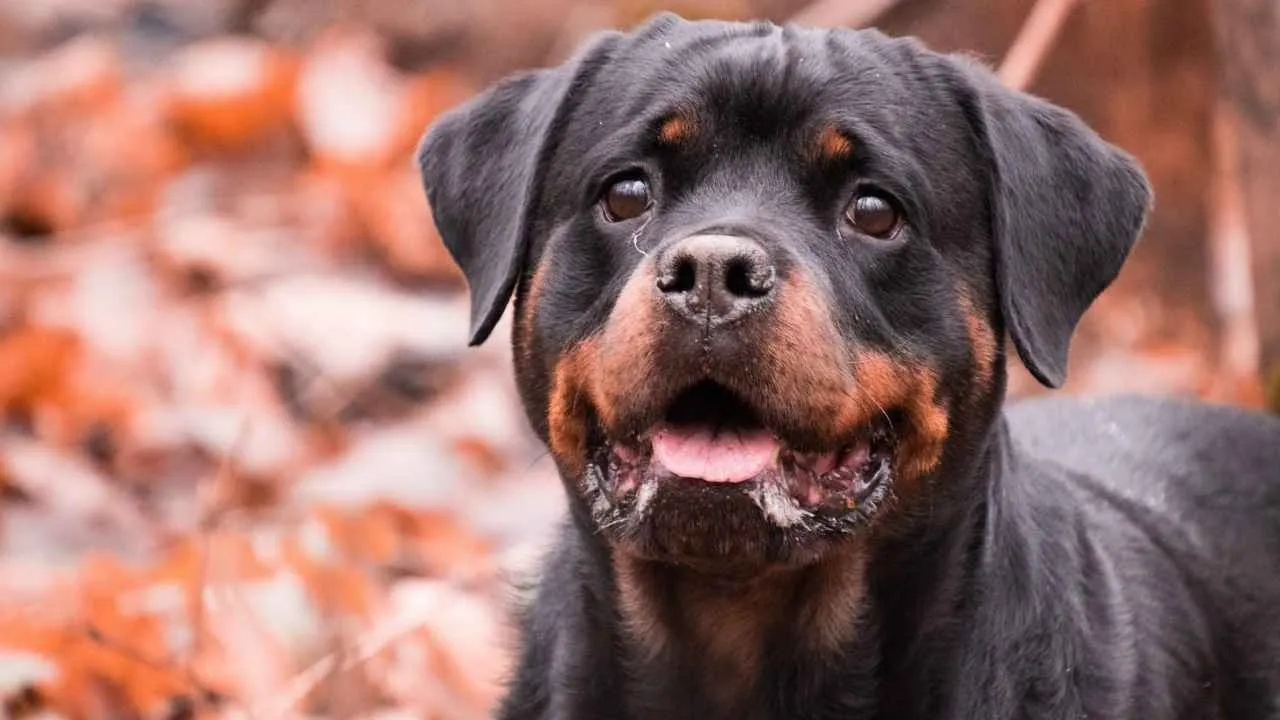
The Legacy and Origins
The Rottweiler’s roots trace back to the Roman Empire, where the breed is believed to have descended from the drover dogs used by Roman legions to drive cattle.
After the Romans abandoned the region of what is now Rottweil, Germany, these dogs remained and began their role as herders, driving livestock to market.
By the Middle Ages, they had earned the nickname “the Butcher’s Dog” due to their role in assisting local butchers by guarding them, carrying money in a pouch, and protecting against thieves.
Physical Strength and Personality Traits
The Rottweiler is a stocky, muscular dog breed with a strong, confident demeanor. With a short, coarse black coat adorned with tan markings, these dogs possess an imposing yet dignified presence.
Historically bred to protect and herd, Rottweilers have an inherent wariness towards strangers and an instinct to guard their territory, making them excellent protectors, as per PetMD.
Key Working Abilities
Guarding & Protection: Naturally protective, Rottweilers are excellent at safeguarding homes and property as great guard dogs.
Herding Expertise: Though no longer needed for cattle-driving, their herding instincts are strong and versatile.
Physical Power: Built for strength, they excel in pulling carts and performing demanding tasks.
Training & Socialization: Smart and eager to learn, though they require firm, consistent training to manage their stubbornness.
Temperament: Courageous and confident without being overly aggressive, balancing protection with a playful side.
4. Australian Cattle Dog
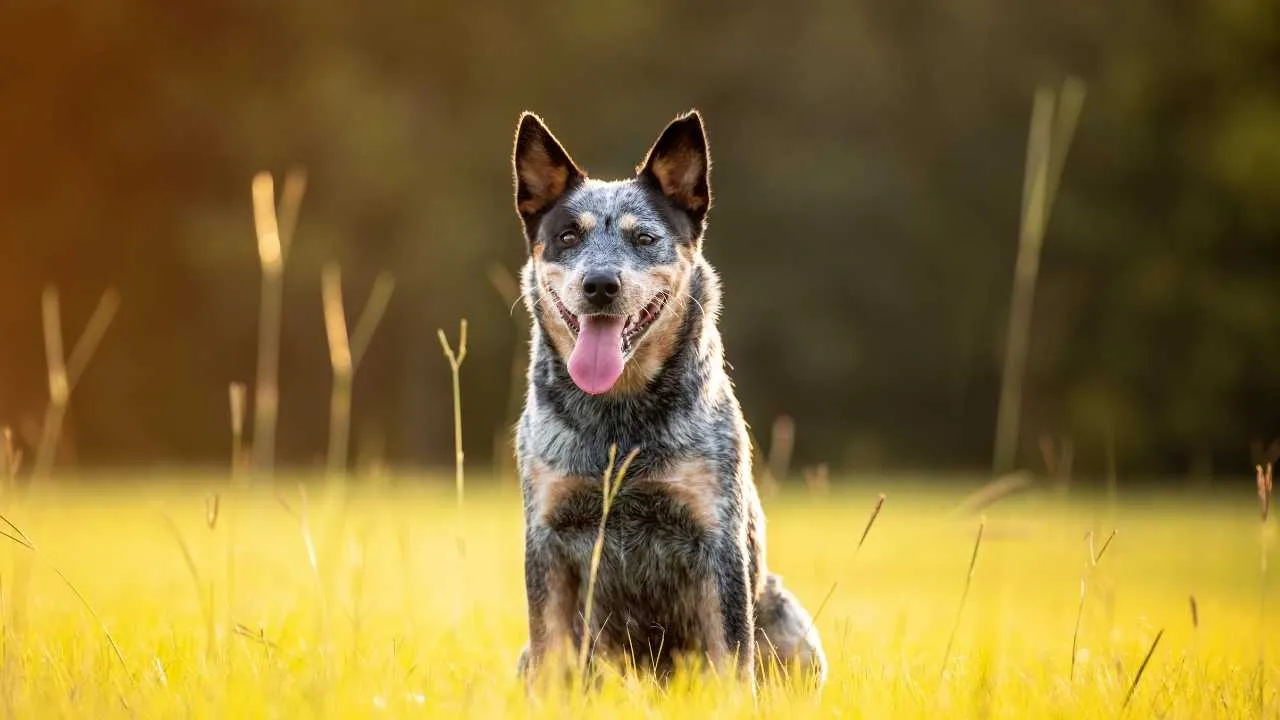
The Heritage and Origins
The Australian Cattle Dog, also known as the Blue or Red Heeler, was originally bred in Australia in the 19th century for herding cattle over long distances in rugged terrain.
Derived from a mix of native wild dogs, like the Dingo, and other herding breeds, the ACD is a hardy and smart dog breed known for its resilience and agility. Their ability to withstand harsh environments while maintaining a strong work ethic made them indispensable on cattle ranches.
Muscular Build and Energetic Personality
Compact but muscular, the Australian Cattle Dog is a sturdy and agile working dog. Their short, weather-resistant coat, which can be blue-gray or red with distinct mottling, adds to their rugged appearance.
These dogs are incredibly loyal, intelligent, and energetic. They’re known for their tenacity and alertness, always on the move and ready to work. However, if left without a task or challenge, they can become bored and may develop undesirable behaviors.
Key Working Traits
Herding Skills: Exceptional at controlling and moving livestock over large, rugged terrains.
Endurance: Built for long hours of work with impressive stamina, ideal for long-distance herding.
Intelligence: Highly intelligent and quick decision-makers, often outsmarting their owners.
Agility & Energy: Great running partners with boundless energy and agility, excelling in active environments.
Protective Nature: Fearless and confident, they are natural protectors of territory and loved ones.
5. Doberman Pinscher
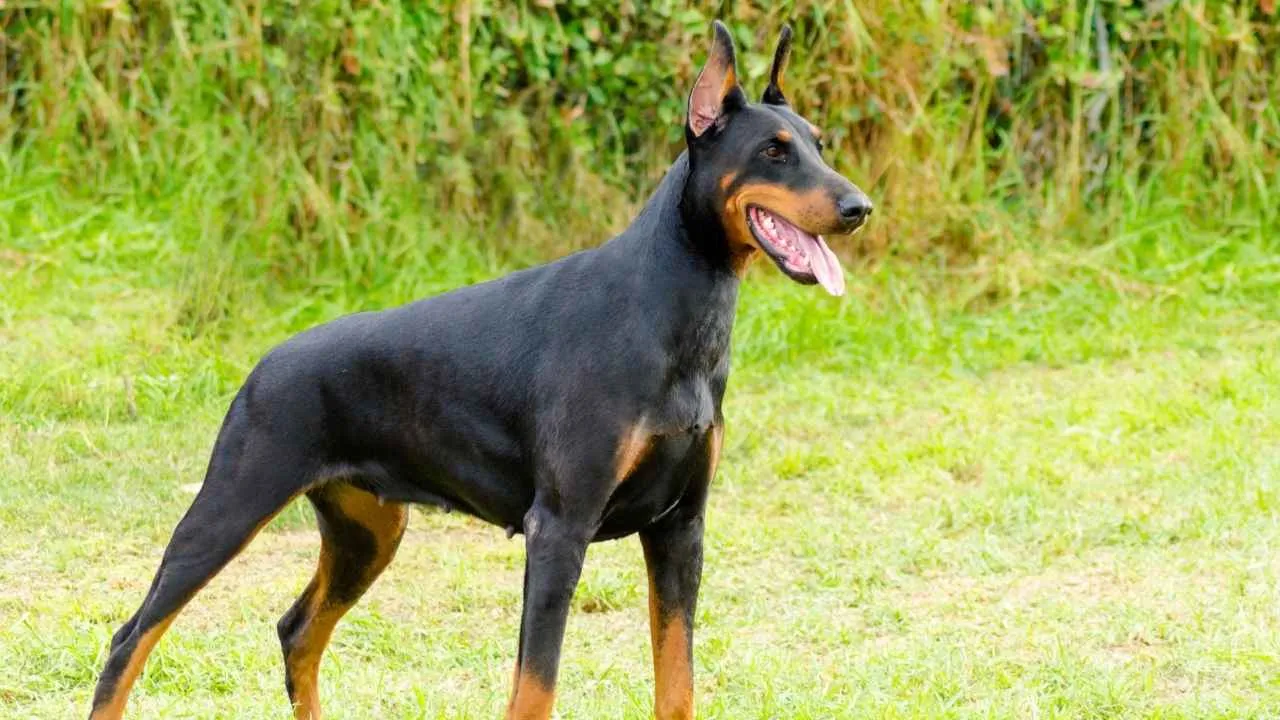
The Origins and Development
The Doberman Pinscher was originally bred in Germany during the late 19th century by Louis Dobermann, a tax collector who needed a breed that could both protect him on his rounds and accompany him on his travels, as per Britannica.
Dobermans were selectively bred for their strength, loyalty, and intelligence, becoming exceptional working dogs. Their reputation as protectors soon earned them a place in law enforcement and the military, where they were used for patrol duties and as service animals.
Muscular Build and Playful Nature
The Doberman Pinscher is known for its sleek, muscular build and striking appearance. With a strong, athletic build, they possess a well-defined frame, characterized by a broad chest, lean legs, and a well-proportioned stature.
Despite their often intimidating exterior, Dobermans are highly intelligent and playful. When properly socialized from a young age, they are gentle giants and affectionate with their families, including children and other pets.
Key Working Traits
Intelligence: Quick learners, making them highly trainable for a variety of tasks.
Protective Nature: Naturally alert, the Doberman is known for being a trusted guardian of its home and family.
Energy Levels: Requires plenty of exercise to stay healthy and avoid boredom—perfect for active, experienced owners.
Trainability: Easy to train but requires engagement to prevent boredom and maintain focus during training sessions.
Affectionate: Despite their tough appearance, Dobermans are surprisingly loving, loyal, and sensitive with their families.
6. Siberian Husky
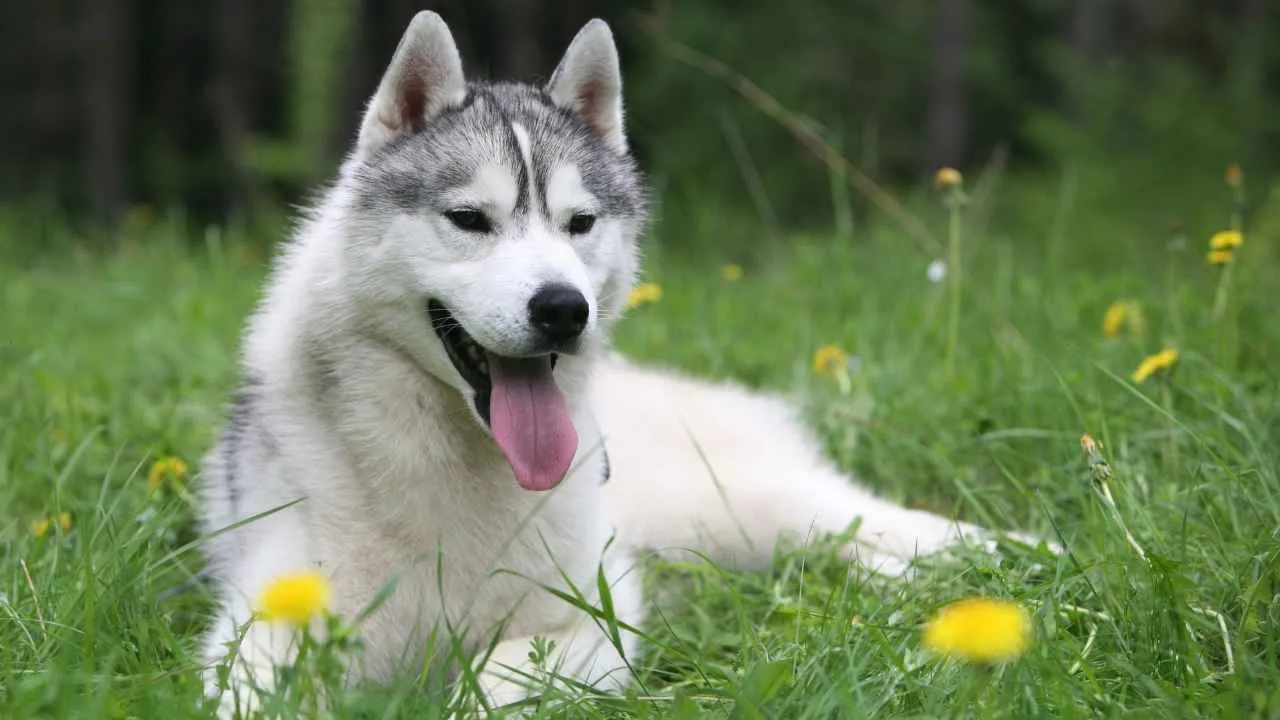
History and Origins
The Siberian Husky is one of the oldest and purest of the northern sled dog breeds, with origins tracing back over 3,000 years in Siberia, as per Hill’s Pet. Bred by the Chukchi people, these dogs were key to the survival of their human companions, pulling sleds over vast frozen expanses.
The Siberian Husky was selectively bred to be fast, strong, and independent, capable of carrying heavy loads across great distances at moderate speeds.
Appearance and Personality
With their thick double-layered coat, erect ears, and bushy tail, Siberian Huskies are immediately recognizable by their graceful and athletic build. Their almond-shaped eyes can be brown, blue, or one of each, and their facial expression is often described as both mischievous and friendly.
Personality-wise, these gentle giants are energetic, friendly, and independent. They are playful and good-natured, making them excellent companions for active families.
Key Working Traits
Endurance and Stamina: Bred to pull sleds over long distances in extreme cold, these dogs have incredible stamina and can work for hours without tiring.
Energetic Nature: With a constant need for physical activity, Huskies require at least two hours of daily exercise.
Independent Thinkers: While intelligent, Huskies are often stubborn and can be difficult to train, preferring to do things on their own terms.
Strong Hunting Instincts: Huskies have a strong prey drive and may chase small animals, so secure, enclosed spaces are essential for their safety.
Social and Playful: Huskies are great family dogs, friendly with children and other pets, but they are not reliable as guard dogs due to their overly friendly nature.
7. Cane Corso
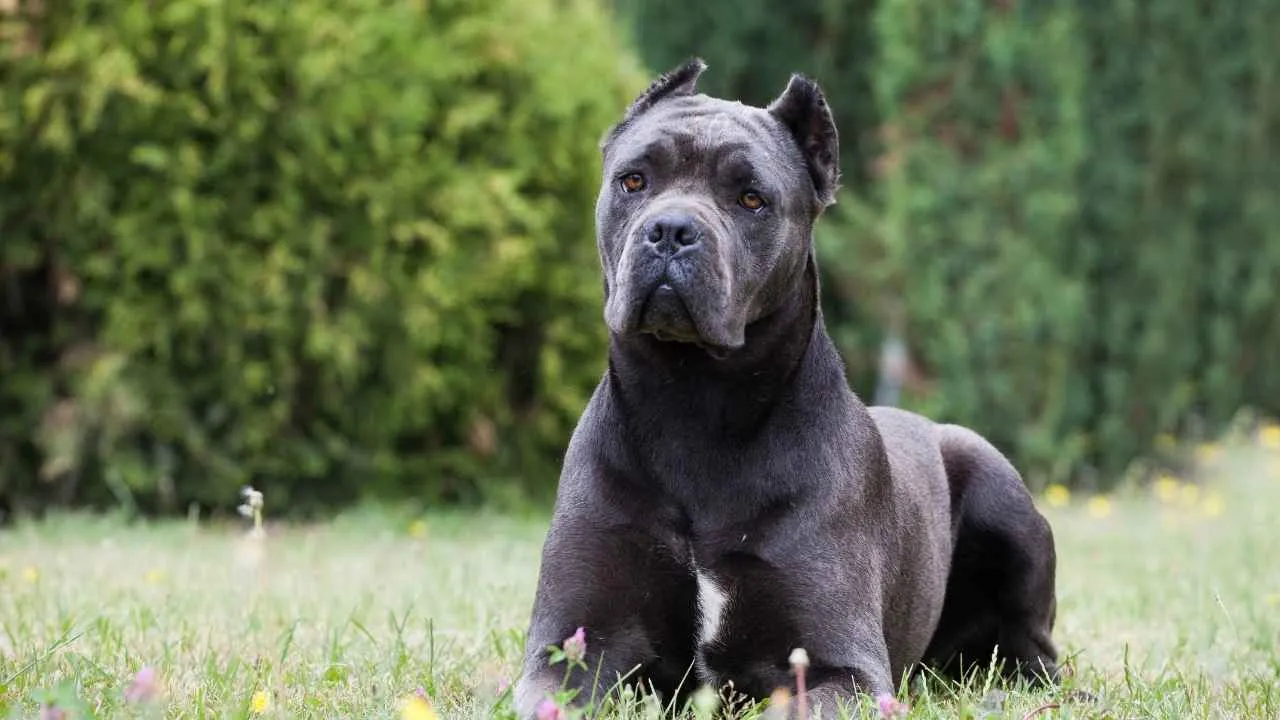
History and Heritage
The Cane Corso, a breed belonging to the Mastiff group, traces its roots to ancient Rome, where it was originally used as a war dog.
After the end of the Roman Empire’s military campaigns, these dogs were re-purposed as skilled hunters and farm protectors, often tasked as livestock guardian breeds, herding, and even subduing large prey such as wild boars and badgers.
Their name, derived from Latin, means “bodyguard dog” or “guard dog of the courtyard,” reflecting their natural guarding instincts.
Muscular Build and Temperament
The Cane Corso is a medium to large-sized breed with a muscular and stocky frame, built for strength and endurance. Their large, broad head and short, stiff coat (which can come in black, gray, fawn, or red) give them an imposing yet dignified appearance, according to PDSA.
Temperament-wise, the Cane Corso is a serious, independent, muscular breed with a strong protective instinct. While they are affectionate with their families, they can be aloof or even aggressive toward strangers, making early socialization and proper training essential.
Key Working Traits
Guardian Instincts: Naturally protective and fiercely loyal to their families, Cane Corsos excel at guarding homes and properties.
Strength and Endurance: Bred to subdue large prey and protect livestock, these dogs are powerful and capable of great physical tasks.
Training and Socialization: While intelligent, they require consistent training and early socialization to prevent unwanted behaviors and ensure a well-rounded temperament.
Independence: They’re fairly independent and may not always be the most eager to please.
Low Toy Drive: Unlike many breeds, they’re not overly interested in toys or fetching, but rather prefer engaging in meaningful work or tasks.
Conclusion
The working dog breeds discussed here are an embodiment of strength, loyalty, and intelligence.
These dogs are more than just companions; they have a rich history rooted in helping humans with various tasks, from herding livestock to guarding homes and assisting in military or police work.
Their impressive muscular builds and tireless energy make them ideal partners for active owners who seek a dog that thrives on purpose and activity.
With their unwavering loyalty, these dogs form strong bonds with their families and are known for their protective instincts. However, this devotion comes with a responsibility to properly train and socialize them from a young age.
Whether guarding property or working alongside humans, these muscular breeds require an experienced handler who can meet their mental stimulation and physical needs.
While each breed has its unique traits, they all share a common theme of dedication and purpose. For anyone seeking a dog that excels in both strength and companionship, these breeds offer unmatched qualities, making them not only great working dogs but also cherished members of the family.


